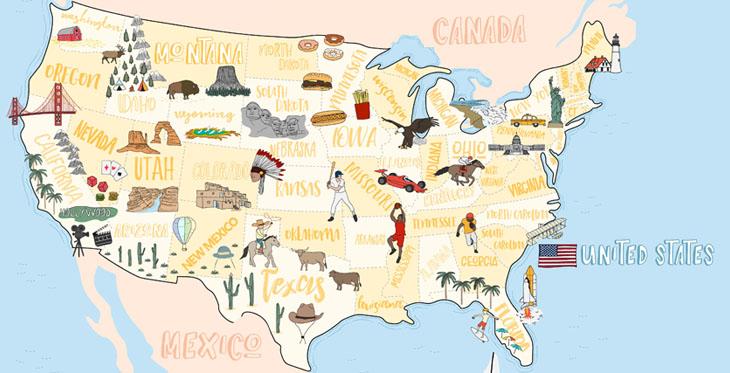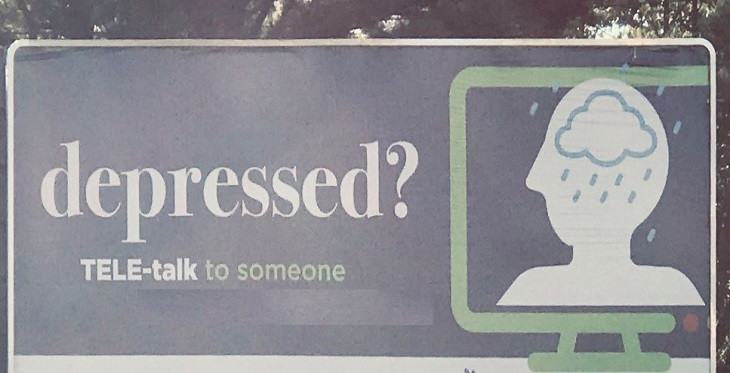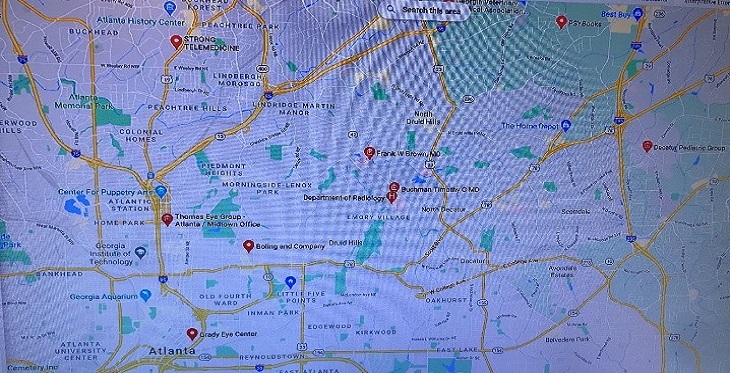
I’m not ready to jump on a plane anytime soon to get away from staying at home during COVID, but I am willing to jump in my car and take a road trip to do some hiking in National Parks on less popular trails and have done just that in the past couple of months. One was to Great Smokey Mountain National Park and the other to Shenandoah National Park and the Blue Ridge Parkway. Awesomely beautiful areas of the country and as long as we stayed away from trails with waterfalls, swimming holes and other such people magnets had some wonderful hikes where we rarely encountered people but did see a couple of black bears and other critters.
So what do these road trips have to do with telemedicine? Billboards. According to the Outdoor Advertising Association of America, billboards started popping up in the 1860s and have been a part of the driving experience ever since so obviously I wasn’t surprised to see billboards along the way as we chugged along the highways and byways. What did surprise me was the number of billboards I saw advertising telemedicine. They weren’t just on the major highways closer to big cities, they were on these obscure little roads out in the middle of nowhere – nowhere being even farther out than rural.
We saw billboards across the gamut from major hospital systems to small clinics and specialties ranging from mental health to plastic surgery (yes, plastic surgery). We sped by the first one before it hit me what the sign was advertising, but the next one I saw we stopped and took a photo.

Americans drive an average of 13,476 miles per year according to the US Department of Transportation Federal Highway Administration and according to the AAA Foundation for Traffic Safety spend on average of 293 hours per year in their cars. Billboard advertising is still a very common and effective way of getting a company’s message out to all these drivers and their passengers. Now you might be saying to yourself – get with the program Elizabeth - social media is the only way to go today. However, no matter what all those carrier commercials claim about coverage – it just isn’t true! In fact, here on my street in suburban Atlanta I leave my garage and by the bottom of my driveway for about a quarter mile through a dip in the road before hitting the top of a hill I am in a dead zone. “No service” is a very common event in rural areas and on winding mountain roads across America. Anyway - you shouldn’t be checking your social media while driving! Billboards never show “no service”.
When you do have service, however, there is one very nifty feature that Google Maps now has – you can just type in search words like telemedicine or immediate general care and those with virtual platforms will pop up! A quick search in my area brought up a dozen sites offering telemedicine as an option.

Google maps also just unveiled a new option to help address peoples’ travel safety concerns with COVID. You just need to go to the top right corner of the app, tap the layers button and select COVID-19 info. A 7-day average of new COVID cases will appear per 100,000 people for the map area you are looking at. It also notes whether cases are trending up or down and there is color-coding to help you visualize case density. Although not as comprehensive as the Johns Hopkins University COVID map and data, it certainly can provide you with local data in a quick and easy fashion if you’re tooling about the country on a road trip. So get out there and see America knowing that if something happens telemedicine services are likely far closer than you think!


